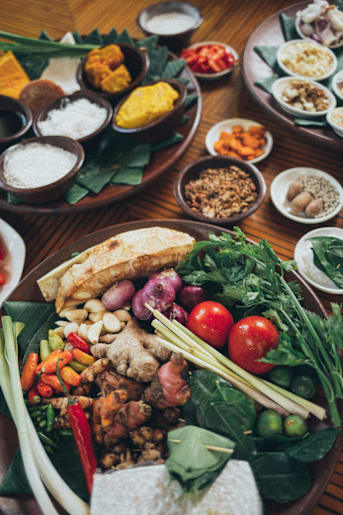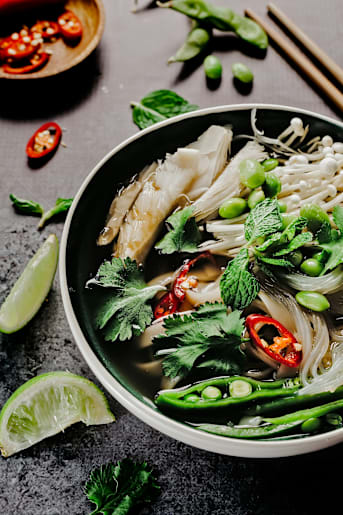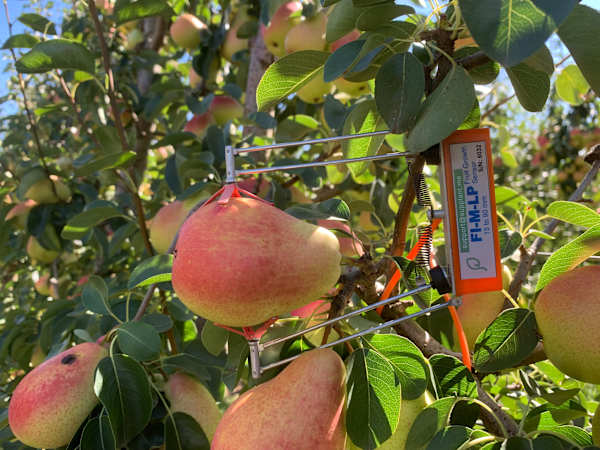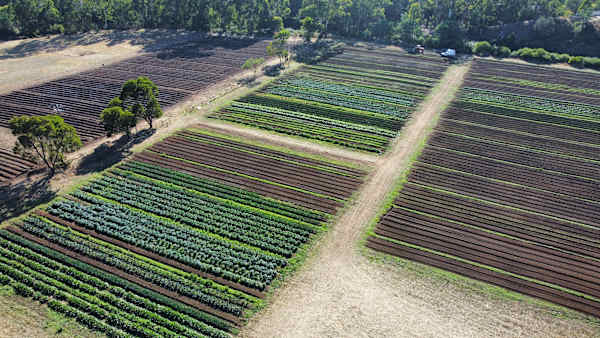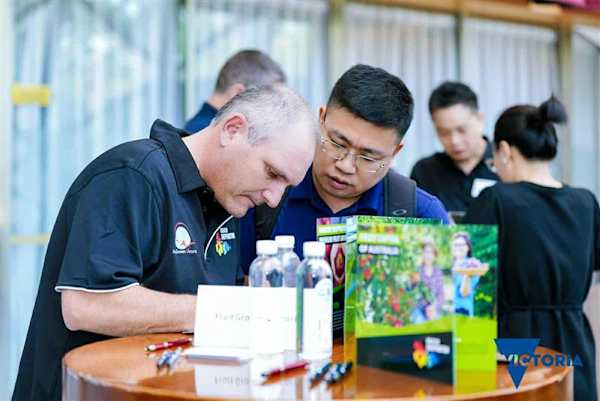THREE veg and chops may be in the distant past, but surely our new crop of Asian vegies are tantalisingly close to a universal truth: where taste beats volume anytime.
Farmers and horticulturists were quick to realise the potential of Asian vegetables, not just for Asian-born locals, but for other ethnicities within our community who are experimenting with so many different tastes.
Locally-grown Asian produce offers value for money, is quick and easy to prepare, especially in stir fries, offering a variety of taste sensations, some now on the shelves of the big supermarkets – but if you want greater variety, head for your local fresh market.
With Asian vegetables being bought more than six times a year, all it needs is a surgent by the big supermarkets, stocking more and availing the public with a wider variety.
Ausveg, the peak industry body for vegetable growers, reveals that about a third of buyers purchase Asian vegetables, denying them of their exotic status.
Latest Stories
Ausveg represents 9,000 growers who are keen to increase their production to fulfil market demand.
Once considered a niche market directed at Asian-Australians these vegies are now commonplace amongst twenty five percent of consumers in general.
Australians crave something new, perhaps even vital to their weekly purchase of vegetables, and as the word spreads, more take the plunge.
Gippsland grower, Garfield Fresh Harvest, is planting more Asian vegetables to expand their experience, ever aware that fast growing vegetables like bok choi and Chinese broccoli and others have a quick turnaround on the days of harvest.
Owner, Terry Kaladidios, believes his greatest attribute are his ripe, fresh vegies for sale at the gate.
“Asian vegetables are not that popular in Gippsland but through our sales outlets and deliveries to West Gippsland and Melbourne, we can sell direct.
"My whole idea is to grow and sell more, at the gate but we can put a wholesale price without being a beggar to the market,” said Terry.
Both Terry and his wife Helen like most Greek Australians, carry on the tradition of clean, healthy food, a great example of a Mediterranean diet, a portion of which is from Asia Minor.
What the couple do not produce, is sourced from local farmers.
Their sweet Thai basil has a strong peppery flavour sometimes referred to as liquorice or anise.
Emerging as a popular Asian or cruciferous vegetable are bok choi, pak choi, napa cabbage, Chinese eggplant, and pok choi which is a Chinese cabbage.
You can stir fry these green leaf varieties or experimentally add them to a salad, wrap or sandwich.
They are chock-full of antioxidants and the vitamins are said to contain cancer fighting compounds.
The anti-inflammatory properties may also support cardiovascular and bone health.
Garfield Fresh Harvest, established a store in town, offering fresh veg from their own fields and sourcing other locally grown Asian.
It’s a well-appointed store and easy to find products.
Terry focuses on growing and harvesting fresh produce at the farm while Helen runs the farm shop in Garfield.
Gazzola Farms have a comparatively massive production of Asian greens selling across Australia and exporting overseas.
After three generations of Gazzolas, they now shine on the Mornington Peninsula, with experienced locals and a complement of Asian farm hands, who do a brilliant job of maintaining hundreds of lines of veggies, while managing to keep the pests away using natural predators.
Korean and Asian aficionado, Hyungeun Park, swears by her native Korean basil, that when used sparingly adds a fragrance and a tarty taste to your mix — but it’s not for everyone.
Calling Australia home, Hyungeun would like to see Korean melon added to the growers’ list, and water parsley, called minari, which is good for salads and stews, closely resembling parsley and celery in taste for that piquant difference.
“We Koreans use wombok mainly in our kimchi or as a lettuce, and even as a dumpling skin.
"We also use wombok like a pancake savoury or pizza base.
"Our bean sprouts or ‘kongnanul’, are yellow in comparison to the Chinese, but crunchier and nutritious on the head, and a very useful chaser after a heavy night.
"The secret in our cooking is to keep them slightly crisp before you add them to a dish.
"You might like to try fernbrake made from the frond of a bracken tree, chewy as it is, it’s a delicacy,” said Hyungeun.
Unfortunately for the consumer, the big supermarket players put their Asian vegetables through the ‘system’ and more often than not, the greens are tarnished at the edges and frequently wilted.
There needs to be development of a standard among the supermarkets, but there is solace in knowing that your local fresh market has already lifted the bar.

